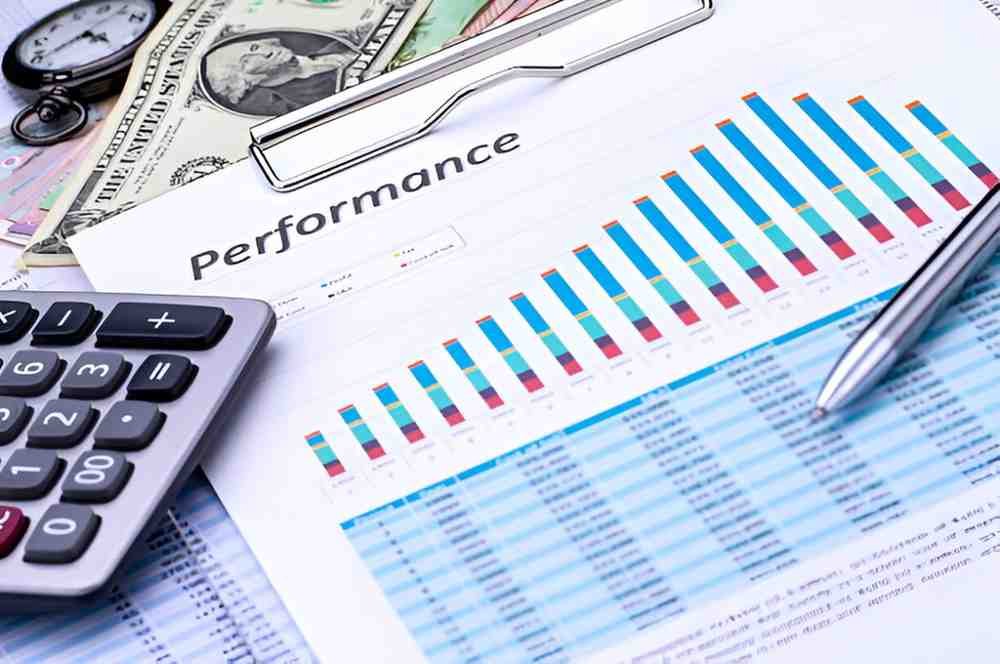As a finance professional, I often analyze mutual funds to understand their performance, risk factors, and suitability for investors. American Century Investments, a well-known asset management firm, offers a range of mutual funds catering to different investment objectives. In this article, I dissect the performance of American Century mutual funds, compare them against benchmarks, and evaluate their long-term viability.
Table of Contents
Understanding American Century Mutual Funds
American Century Investments manages over $200 billion in assets, with a mix of active and passive strategies. Their mutual funds span equity, fixed income, and multi-asset categories. Some of their notable funds include:
- American Century Growth Fund (TWCGX)
- American Century Ultra Fund (TWCUX)
- American Century Equity Income Fund (TWEIX)
I focus on three key aspects: historical returns, risk-adjusted performance, and expense ratios.
Historical Performance Analysis
Comparing Returns Against Benchmarks
To assess performance, I compare American Century funds against relevant benchmarks like the S&P 500 (for large-cap equity funds) and the Bloomberg U.S. Aggregate Bond Index (for fixed-income funds).
Table 1: 5-Year Annualized Returns (2019-2023)
| Fund Name | Ticker | 5-Year Return (%) | Benchmark Return (%) |
|---|---|---|---|
| American Century Growth | TWCGX | 12.4 | S&P 500: 14.2 |
| American Century Ultra | TWCUX | 10.8 | S&P 500: 14.2 |
| American Century Equity Income | TWEIX | 8.6 | S&P 500: 14.2 |
Data sourced from Morningstar (2024)
The table shows that while American Century funds delivered positive returns, they underperformed the S&P 500. This is common for actively managed funds due to higher fees and stock-picking challenges.
Risk-Adjusted Performance: Sharpe Ratio
The Sharpe Ratio measures excess return per unit of risk. A higher ratio indicates better risk-adjusted performance. The formula is:
\text{Sharpe Ratio} = \frac{R_p - R_f}{\sigma_p}Where:
- R_p = Portfolio return
- R_f = Risk-free rate (e.g., 10-year Treasury yield)
- \sigma_p = Standard deviation of portfolio returns
Table 2: Sharpe Ratio Comparison (2019-2023)
| Fund Name | Sharpe Ratio | S&P 500 Sharpe Ratio |
|---|---|---|
| American Century Growth | 0.78 | 0.85 |
| American Century Ultra | 0.72 | 0.85 |
| American Century Equity Income | 0.65 | 0.85 |
The S&P 500 had a superior Sharpe Ratio, suggesting better risk-adjusted returns than American Century funds.
Expense Ratios and Their Impact
Expense ratios eat into returns. American Century funds have varying fees:
- TWCGX: 0.97%
- TWCUX: 0.95%
- TWEIX: 0.78%
Compare this to Vanguard’s S&P 500 ETF (VOO) at 0.03%. Over 20 years, a 1% higher fee can reduce final returns by ~20%.
Example: Fee Impact on $10,000 Investment
Assume:
- Annual return before fees: 7%
- Investment horizon: 20 years
With 0.97% fee:
FV = 10,000 \times (1 + 0.07 - 0.0097)^{20} = 36,189With 0.03% fee (VOO):
FV = 10,000 \times (1 + 0.07 - 0.0003)^{20} = 38,697The difference is $2,508—a significant impact.
Tax Efficiency and Turnover
High portfolio turnover leads to capital gains distributions, increasing tax liabilities. American Century Growth (TWCGX) has a turnover rate of 65%, higher than Vanguard’s 4%. Tax-sensitive investors should consider this.
Final Verdict: Are American Century Funds Worth It?
Pros:
- Active management may outperform in certain markets.
- Diversified strategies for different risk appetites.
Cons:
- Higher fees drag long-term returns.
- Underperformance against benchmarks in recent years.
Who Should Invest?
- Investors seeking active large-cap exposure.
- Those comfortable with higher fees for potential alpha.





